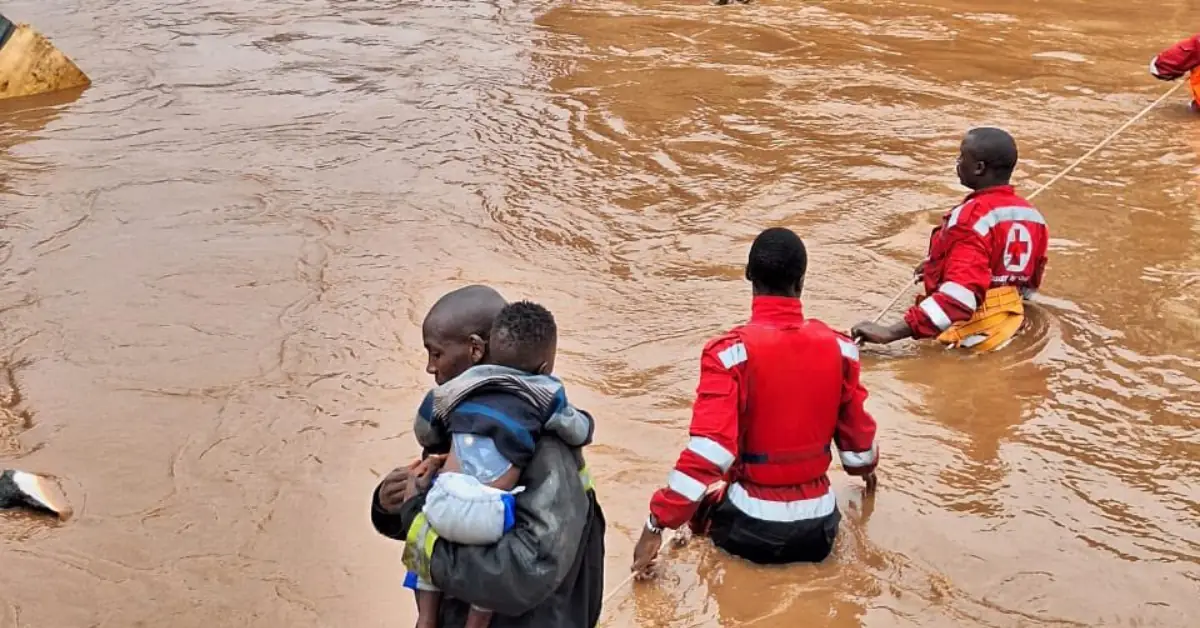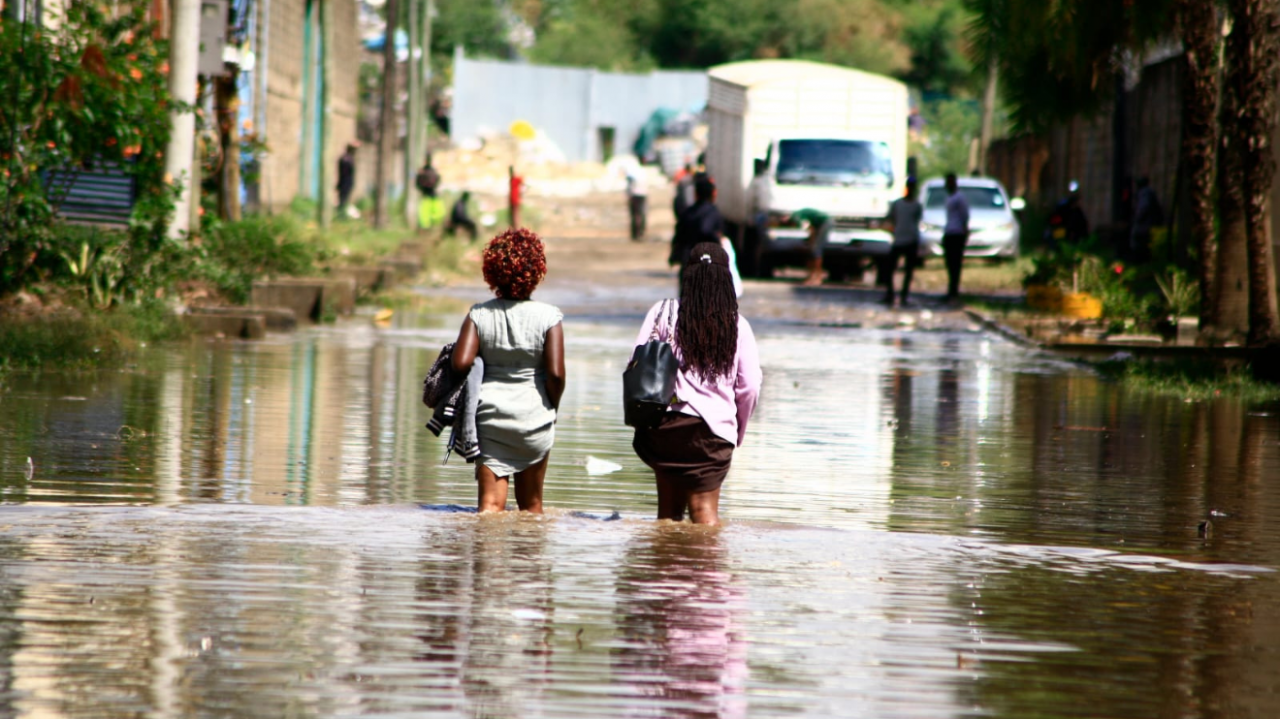
Kenya nairobi flooding – Nairobi, Kenya’s bustling capital, has become a battleground against the relentless force of flooding. This pervasive issue has left an indelible mark on the city’s infrastructure, economy, and the lives of its residents. As we delve into the complexities of Kenya’s Nairobi flooding, we uncover the causes, consequences, and potential solutions to this pressing challenge.
The relentless downpours and inadequate drainage systems have transformed Nairobi’s streets into raging rivers, submerging homes, businesses, and critical infrastructure. The city’s geographical location and unplanned urbanization have further exacerbated the problem, leaving it vulnerable to the devastating impacts of flooding.
Overview of Flooding in Kenya’s Nairobi City: Kenya Nairobi Flooding

Nairobi, the capital and largest city of Kenya, is prone to frequent and severe flooding. The city’s geographical location and rapid urbanization have contributed to the increasing incidence and intensity of flooding events.
According to data from the Nairobi City County, the city experiences an average of 10 major flooding events per year. These events often result in widespread damage to infrastructure, property, and livelihoods.
The geographical factors contributing to flooding in Nairobi include its location in a low-lying area, surrounded by hills that channel rainwater into the city. The city’s drainage systems are often overwhelmed by heavy rainfall, leading to flooding in low-lying areas.
Unplanned urbanization has also exacerbated the flooding problem in Nairobi. The city’s rapid population growth has led to the construction of informal settlements in flood-prone areas, increasing the vulnerability of residents to flooding.
Causes and Consequences of Flooding
The primary causes of flooding in Nairobi are:
- Heavy rainfall: Nairobi experiences heavy rainfall during the rainy seasons, which can overwhelm the city’s drainage systems.
- Poor drainage systems: The city’s drainage systems are often inadequate or poorly maintained, leading to waterlogging and flooding.
- Unplanned urbanization: The rapid growth of Nairobi has led to the construction of informal settlements in flood-prone areas, increasing the vulnerability of residents to flooding.
The consequences of flooding in Nairobi are wide-ranging and can be devastating:
- Infrastructure damage: Flooding can damage roads, bridges, and other infrastructure, disrupting transportation and essential services.
- Property damage: Flooding can damage homes, businesses, and other properties, resulting in significant financial losses.
- Health risks: Flooding can increase the risk of waterborne diseases, such as cholera and typhoid.
- Economic losses: Flooding can disrupt businesses and livelihoods, leading to economic losses.
- Social disruption: Flooding can displace residents, disrupt education, and damage community infrastructure, leading to social disruption.
Mitigation and Adaptation Strategies
Several flood mitigation measures have been implemented in Nairobi to reduce the impact of flooding.
- Drainage system upgrades: The Nairobi City County has invested in upgrading the city’s drainage systems to improve water flow and reduce flooding.
- Construction of flood control structures: The city has constructed flood control structures, such as dams and levees, to prevent flooding in high-risk areas.
- Relocation of informal settlements: The city has relocated informal settlements from flood-prone areas to safer locations.
In addition to these measures, Nairobi is exploring innovative approaches to flood prevention and management, such as:
- Green infrastructure: The city is implementing green infrastructure projects, such as rain gardens and permeable pavements, to reduce runoff and improve water absorption.
- Flood warning systems: The city is developing flood warning systems to provide early alerts to residents and emergency responders.
- Community engagement: The city is working with communities to raise awareness of flood risks and promote flood preparedness measures.
Community Preparedness and Response
Community engagement and preparedness play a crucial role in reducing the impact of flooding in Nairobi.
The city has established community-based flood preparedness committees in high-risk areas. These committees are responsible for:
- Raising awareness of flood risks
- Developing evacuation plans
- Organizing emergency response teams
- Distributing flood preparedness materials
The city has also established a flood warning system to provide early alerts to residents and emergency responders. The system uses a combination of rain gauges, water level sensors, and weather forecasts to predict and issue flood warnings.
Future Implications and Policy Recommendations, Kenya nairobi flooding
Flooding is a major challenge for Nairobi, and its impact is likely to increase in the future due to climate change and population growth.
To address this challenge, Nairobi needs to invest in long-term flood management strategies, including:
- Upgrading and expanding drainage systems
- Constructing more flood control structures
- Relocating informal settlements from flood-prone areas
- Implementing green infrastructure projects
- Developing flood warning systems
- Promoting community engagement and preparedness
By investing in these measures, Nairobi can reduce the impact of flooding and build a more resilient city.
Ending Remarks

Addressing Nairobi’s flooding crisis requires a multifaceted approach that encompasses flood mitigation measures, community preparedness, and long-term policy recommendations. By investing in resilient infrastructure, implementing early warning systems, and empowering communities, we can mitigate the devastating effects of flooding and build a more sustainable future for Nairobi.
Common Queries
What are the primary causes of flooding in Nairobi?
Heavy rainfall, poor drainage systems, and unplanned urbanization are the major contributing factors to Nairobi’s flooding problem.
What are the consequences of flooding in Nairobi?
Flooding in Nairobi leads to infrastructure damage, displacement of residents, disruption of businesses, and increased health risks.
What measures are being taken to address flooding in Nairobi?
The Kenyan government, NGOs, and communities are implementing flood mitigation measures such as drainage improvements, river restoration, and community-based flood risk reduction initiatives.





